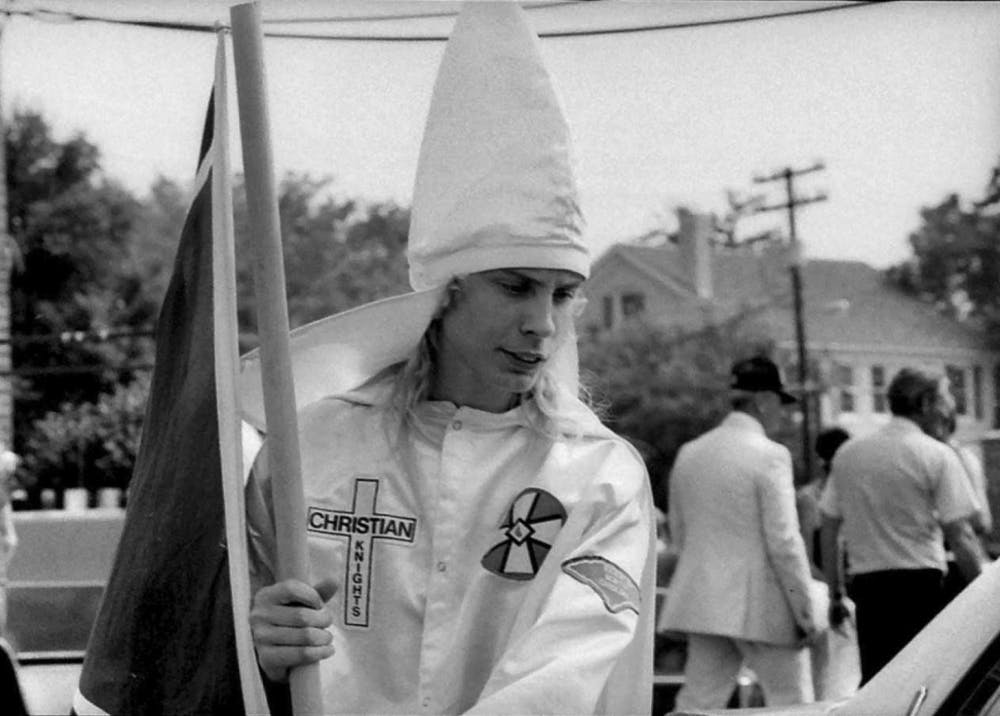The personal is political in husband-and-wife duo Michael Galinsky and Suki Hawley’s new documentary, "Working in Protest," which details 30 years of work documenting dissent — from the Ku Klux Klan’s 1987 march down E. Franklin Street to modern-day anti-Trump rallies and beyond. "Working in Protest" will premiere at the Carrboro Film Festival in November.
Staff writer Savannah Bradley spoke with Galinsky and Hawley about the documentary’s genesis and production.
The Daily Tar Heel: How did you come up with the concept for this documentary? What was the process and formulation of this idea?
Michael Galinsky: I grew up here in Chapel Hill and went to NYU and lived in New York for 30 years, and when I came home I found negatives from a shoot that I did the day after I graduated Chapel Hill High School — the Klan had marched down Franklin Street. And I found those negatives and put some online and someone said, “Oh, did you know there was sound that day?”
And so we ended up making a short film using those photographs. And then, at the same time, we were shooting more stuff down here, like we shot a Moral Monday piece and we shot something else and we started to think, “We’ve done a lot of this protest work over time — maybe there are some things to weave these together that’ll end up being something.” And after that, we started shooting more of them.
Suki Hawley: We actually had been shooting these shorts of protests that were happening around us, whatever was happening. It’s not meant to be an overview of the history of protests throughout the United States. It’s just these protests that kind of caught our eye and we thought that the media either over-sensationalized them or underrepresented them and that it was really important for us to show what did happen and the emotional truth of being there. Without any real outlet, we would just put them up online and hoped that people would find them.
MG: Or, you know, just make them for film festivals or they were part of a larger feature that they were making.
DTH: And what about the process of creating this documentary?
MG: Once we had decided what it was, Suki started to edit things together. She would maybe trim the different pieces or make the choice of what part was going to come from the feature, and it also gave us a focus for making more of them. For instance, we shot footage at a Donald Trump rally in Greensboro and based it on a short film called "Heavy Metal Parking Lot" where a guy went to a Judas Priest concert in 1986 and just shot in the parking lot. So we did "Trump Parking Lot" and just shot all the people that were kind of on the periphery, which is where a lot of very interesting conversations happen.



